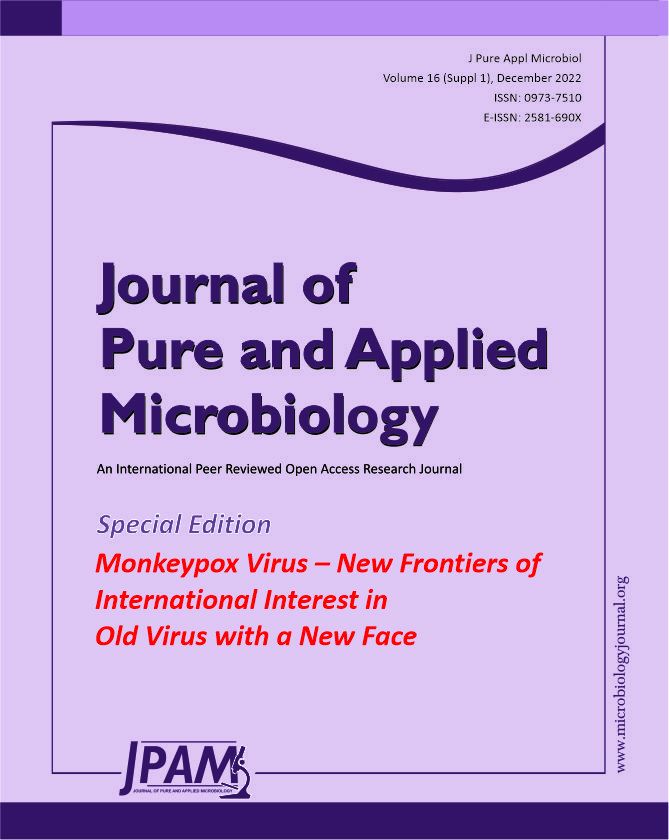Monkeypox (MPX) is a zoonotic disease that is endemic to the western and central regions of Africa and it is caused by monkeypox virus (MPXV), which is classified as a member of the Poxviridae family, specifically the Chordopoxvirinae subfamily, and the Orthopoxvirus genus. The current multiregional outbreak of MPX, which started in May of 2022, has since swiftly spread across the globe and thus has been declared a global public health emergency by the World Health Organization (WHO). Protective immunity against MPXV can be achieved by administering a smallpox vaccination, as the two viruses share antigenic properties. Although smallpox was declared eradicated in 1980, the vaccine campaign was halted the following year, leaving the population with significantly less immunity than it had before. The potential for human-to-human transmission of MPXV has grown as a result. Due to the lack of a particular treatment for MPX infection, anti-viral medications initially designed for the smallpox virus are being employed. However, the prognosis for MPX may vary depending on factors like immunization history, pre-existing illnesses, and comorbidities, even though the majority of persons who develop MPX have a mild, self-limiting illness. Vaccines and antiviral drugs are being researched as potential responses to the latest 2022 MPX epidemic. The first-generation smallpox vaccinations maintained in national stockpiles of several countries are not recommended due to not meeting the current safety and manufacturing criteria, as stated by the WHO. Newer, safer (second- and third-generation) smallpox vaccines, such as JYNNEOSTM, which has been licensed for the prevention of MPX, are indicated as potentially useful in the interim guideline. Studies on vaccines and antiviral drugs are still being investigated as possible remedies to the recent MPX outbreak. This mini-review article serves as a retrospective look at the evolution of smallpox vaccines from their inception in the 1700s to the current trends up to the end of year 2022, specifically for developing monkeypox vaccines.
Monkeypox, Monkeypox Virus, Smallpox, Vaccines, JYNNEOSTM, ACAM2000®
© The Author(s) 2022. Open Access. This article is distributed under the terms of the Creative Commons Attribution 4.0 International License which permits unrestricted use, sharing, distribution, and reproduction in any medium, provided you give appropriate credit to the original author(s) and the source, provide a link to the Creative Commons license, and indicate if changes were made.


